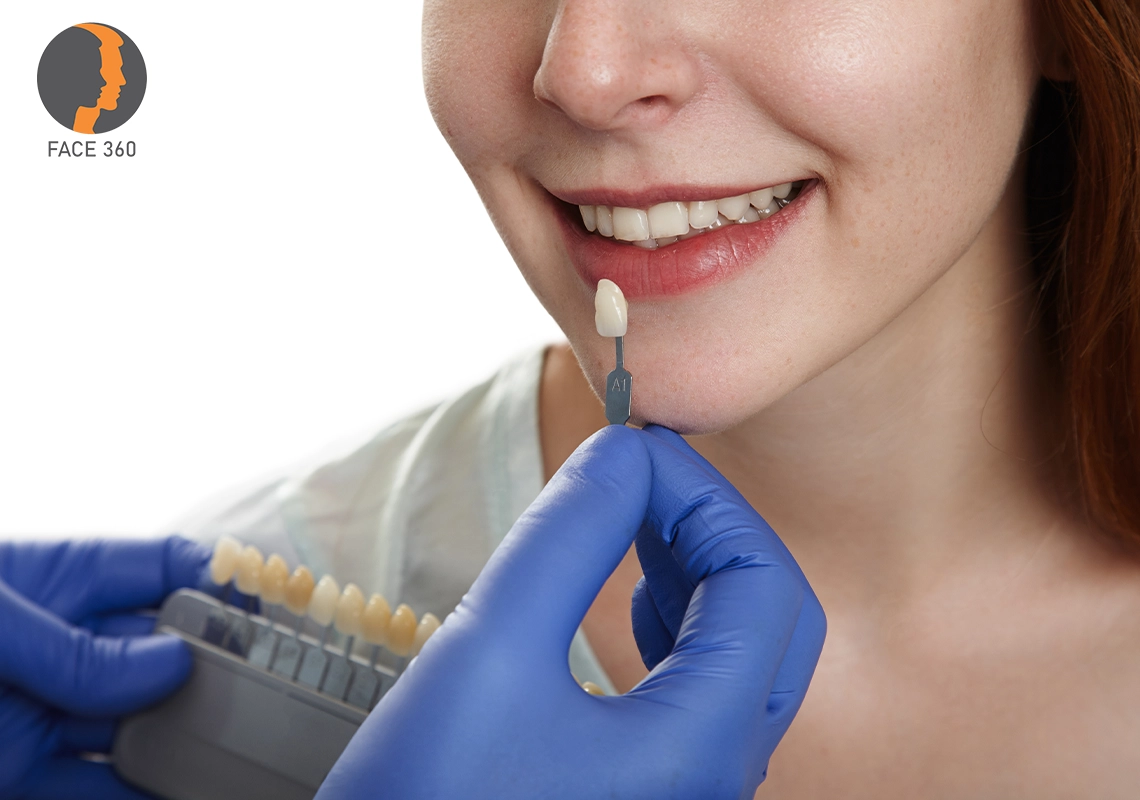Myths About Dental Implants: Debunked
1. Myth: Dental implants are painful.
Truth:
While implant placement is a surgical procedure, it is performed under local anesthesia, making it virtually painless. Most patients report feeling less discomfort than expected, and post-operative pain is usually manageable with over-the-counter medications.
2. Myth: Dental implants are only for the elderly.
Truth:
Dental implants are suitable for adults of all ages who have lost a tooth due to injury, decay, or disease. As long as the patient has adequate bone density and good oral health, age is not a limiting factor.
3. Myth: Implants are too expensive and not worth it.
Truth:
While the upfront cost of dental implants may be higher than other options, they are a long-term investment. With proper care, implants can last a lifetime—unlike bridges or dentures, which may need replacement every 5–10 years.
4. Myth: Dental implants require a lot of maintenance.
Truth:
Implants require the same care as natural teeth—regular brushing, flossing, and dental checkups. There is no need for special cleaning solutions or adhesives.
5. Myth: Implants can fall out easily.
Truth:
Dental implants have a high success rate (up to 98%) when placed by a qualified professional and properly cared for. They are securely anchored into the jawbone and designed to function like natural teeth.
6. Myth: You can’t get implants if you have bone loss.
Truth:
Even patients with bone loss may be eligible for implants, thanks to advanced techniques like bone grafting and sinus lifts that can restore bone volume before placement.
7. Myth: Implants look fake.
Truth:
Modern dental implants are designed to look and feel just like natural teeth. The crown is custom-made to match your surrounding teeth in color, shape, and size, providing a seamless appearance.
Conclusion
Dental implants offer a reliable, natural-looking solution for tooth loss. Though the process can be lengthy and involve some risks, the long-term benefits—such as improved function, aesthetics, and self-confidence—make them a popular choice for many patients. A thorough evaluation by a dental professional is essential to determine candidacy and plan for successful outcomes.
References

Leave A Comment